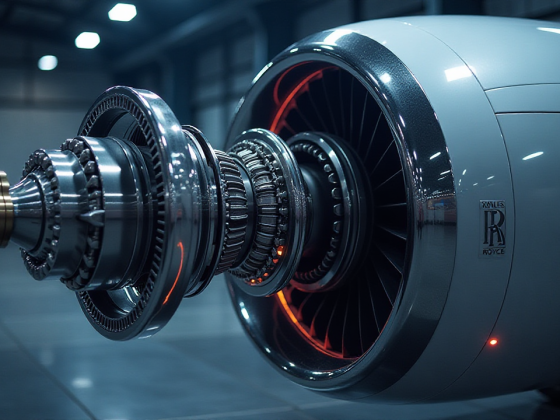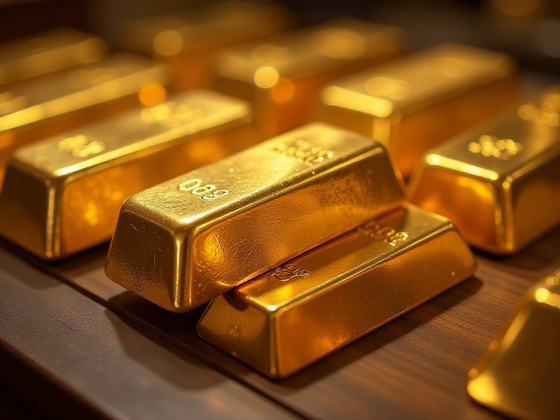US President Donald Trump announced on Tuesday a “massive” new trade agreement with Japan, a deal that includes “reciprocal” tariffs of 15% on the country’s exports to the United States and, crucially, appears to lower the duty on Japanese auto exports to that same level.
The announcement, which also includes a staggering $550 billion investment pledge from Japan, was immediately cheered by Japanese markets, particularly the nation’s powerhouse auto sector.
The ‘largest deal ever’: unpacking Trump’s proclamation
In a characteristically bold post on his Truth Social platform, President Trump hailed the agreement as “perhaps the largest Deal ever made.” He detailed that as part of the pact, Japan would invest $550 billion into the United States and claimed that the US would “receive 90% of the Profits.”
Trump also stated that Japan will “open their Country to Trade including Cars and Trucks, Rice and certain other Agricultural Products, and other things,” adding that the deal would create “Hundreds of Thousands of Jobs.”
A key and highly anticipated component of the deal is the treatment of Japanese auto exports, a cornerstone of the nation’s economy that accounted for 28.3% of all its shipments in 2024, according to customs data.
Japanese Prime Minister Shigeru Ishiba confirmed that auto tariffs on Japanese exports to the US will be lowered to 15%, a significant reduction from the 25% level that had been levied across countries, Reuters reported.
This news was met with a palpable sense of relief from market participants who had been bracing for a much harsher outcome.
“A year ago, that level of tariffs [15%] would be shocking. Today, we breathe a sigh of relief,” Brian Jacobsen, chief economist at Annex Wealth Management, told CNBC, perfectly capturing the shift in market sentiment.
This comes after a period of intense pressure on the Japanese auto sector, which saw its exports to the US—its second-largest trading partner—fall 26.7% in June, extending a 24.7% plunge from May.
Shortly after the announcement, Japan’s top trade negotiator, Ryosei Akazawa, posted “#Mission Accomplished” on the social media platform X, and expressed “heartfelt thanks to everyone involved,” according to a Google translation of his remarks in Japanese.
In a speech following his Truth Social post, President Trump also hinted at more deals to come, stating that Japan and the US were also concluding an additional deal involving liquefied natural gas and teasing that “we have [a] Europe [deal] coming in tomorrow,” without providing further details.
A political lifeline for Prime Minister Ishiba?
The timing of this trade deal could not be more crucial for Japanese Prime Minister Shigeru Ishiba, as it could serve to strengthen his leadership just days after Japan’s governing coalition lost its majority in the country’s upper house elections.
Ishiba had asserted after the electoral loss that he would stay on as prime minister, but his political future was seen as precarious.
Japan’s Mainichi Newspaper reported on Wednesday that the prime minister intended to announce his resignation by August, according to a Google translation of the report.
Earlier, the Yoimuri newspaper had reported that Ishiba would decide whether to stay on as prime minister after assessing the progress of the tariff negotiations.
HSBC, in a note on Monday, had highlighted the high stakes, stating, “For Prime Minister Ishiba, a favourable US trade deal could help stave off a no-confidence motion or internal challenge from the LDP [Liberal Democratic Party].”
Market reaction: a ‘sigh of relief’ sends stocks soaring
Japanese markets reacted jubilantly to the deal’s announcement. Major auto stocks soared, with some gaining over 10%, while the broader Nikkei 225 index gained more than 2%. Shares of Japan’s Honda rose over 8%, while Toyota climbed an impressive 11%.
Nissan jumped more than 8%, and Mazda Motor surged a staggering 17%, with Mitsubishi Motors popping 13%.
This rally represents a significant reversal from the pessimistic sentiment that had been building.
In his tariff letter sent to Japan earlier this month, President Trump had threatened 25% levies on the country’s exports starting from August 1, a one percentage point increase from the 24% rate announced during his April 2 “Liberation Day” tariffs.
Jeremy Schwartz, global CIO at asset manager Wisdomtree, told CNBC’s ‘Squawk Box Asia’ that the sheer size of the market reaction meant that the market “got very pessimistic on how things were progressing, overly pessimistic.“
Schwartz also suggested that President Trump was using these deals not just to rebalance the trade deficit, but also to drive strategic investments into the US, such as a planned investment by Softbank, OpenAI, and Oracle of up to $500 billion in artificial intelligence infrastructure over the next four years.
He characterized the trade deal with Japan as having “some of the best terms” secured from any of the major countries.
The post The $550B handshake: Inside Trump’s mega Japan deal and its global impact appeared first on Invezz


